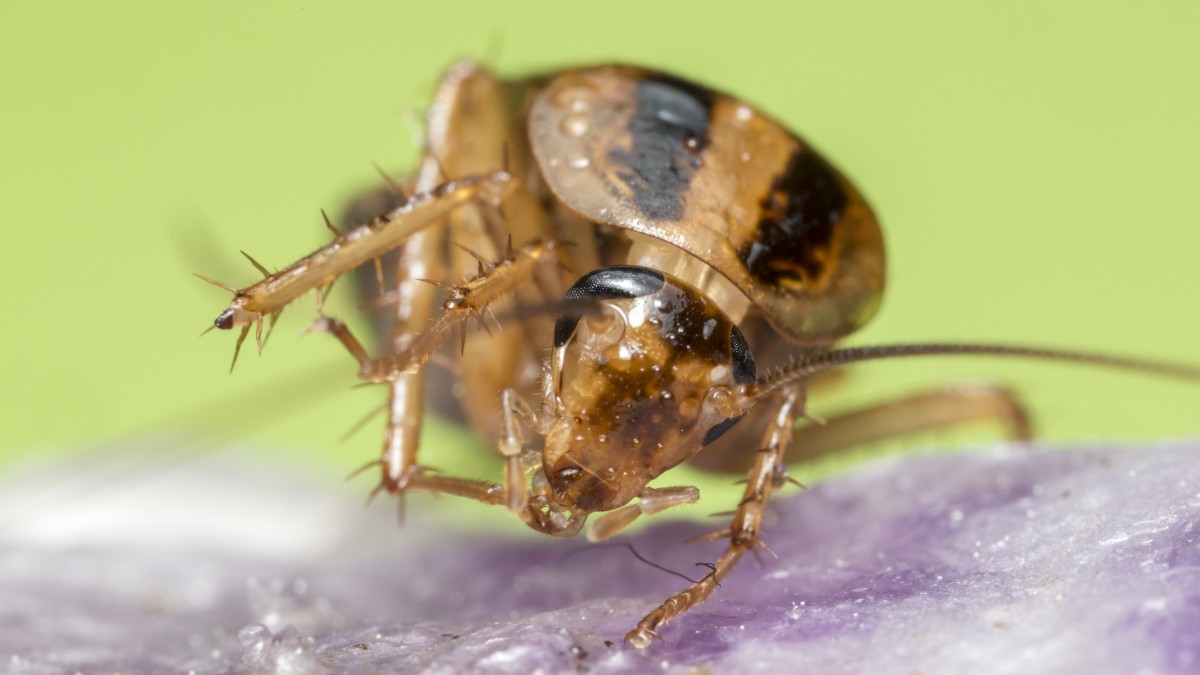Despite their name, German cockroaches inhabit every continent except Antarctica and are actually the most prevalent of the 4,600 species of cockroach on Earth.
The most surprising thing is that the animals were basically unknown in Europe until 1767, when Swedish biologist Carl Linnaeus described Blattella germanica for the first time.
Recently, new research has sought to identify how this insect became a worldwide plague and the answer is written in the DNA of the German cockroach.
By analyzing genomic markers from 281 cockroaches from 17 countries on six continents and after measuring the degree of kinship between these animals, scientists have traced the rapid rise and spread of this animal for the first time.
According to Cosmos, all the signs point to the evolution of the species from the Asian cockroach (Blattella asahinai) around 2,100 years ago, in present-day India and Myanmar.
“We found that the sequence of the German cockroach was almost identical to that of B. asahinai, a species native to the Bay of Bengal, from eastern India to Bangladesh and Myanmar,” said Theo Evans, from the University of Western Australia, co-author of the scientific article published in the Proceedings of the National Academy of Sciences.
The analysis eventually revealed two routes by which the species spread around the world.
“We found an initial propagation route around 1,200 years ago, which went from eastern India to the west, probably due to the increased commercial and military activities of the Umayyad or Abbasid Islamic caliphates,” said Evans.

“The second route went east, around 390 years ago, through the Indonesian archipelago, facilitated by several European East India Companies. These companies traded spices, tea, cotton and other products in South and Southeast Asia and Europe.”
B. germanica grows between 1.1 and 1.6 centimeters in length and can be different shades of brown or black. They are omnivorous scavengers attracted to meats, starches, sugars and fatty foods and, in order to survive, they need to avoid being seen by humans.





